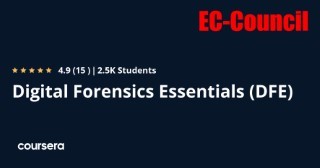System Binary Proxy Execution and a Spearphish Payload
Spearphishing is one of the oldest tricks in the book, and in this course you will learn more about how it actually works. Plus, see how adversaries can hide malicious code in compiled HTML files. Detect and mitigate these techniques in our hands-on course.
Course Description
Adversaries can execute an attack by embedding malware into a document, attaching that document to an email, crafting the email message to entice the target, and then sending the email to the target.
The first technique we cover, Spearphishing Attachment, is generally one of the first steps in an attack process. By this point, the adversary has already performed some reconnaissance and resource development.
The primary risk associated with the second technique we cover, Compiled HTML File, is the execution of unauthorized/malicious code without detection, and any subsequent impacts. For the purpose of this course, it will be observed as a file contained in an email attachment associated with a Spearphishing Attachment as part of an Initial Access attempt.
Learn how to detect and mitigate these techniques to protect your organization from this type of attack.
Apply what you learn and get the hands-on skills you need in Cybrary’s MITRE ATT&CK Framework courses aligned to the tactics and techniques used by the threat group APT41 (aka Double Dragon). Prevent adversaries from accomplishing the tactic of initial access.
Apply what you learn and get the hands-on skills you need in Cybrary’s MITRE ATT&CK Framework courses aligned to the tactics and techniques used by the threat group APT41 (aka Double Dragon). Prevent adversaries from accomplishing the tactic of initial access.
Module 1: APT41 Introduction
Module 2: System Binary Proxy Execution and a Spearphish Payload
User Reviews
Be the first to review “System Binary Proxy Execution and a Spearphish Payload”
You must be logged in to post a review.







There are no reviews yet.